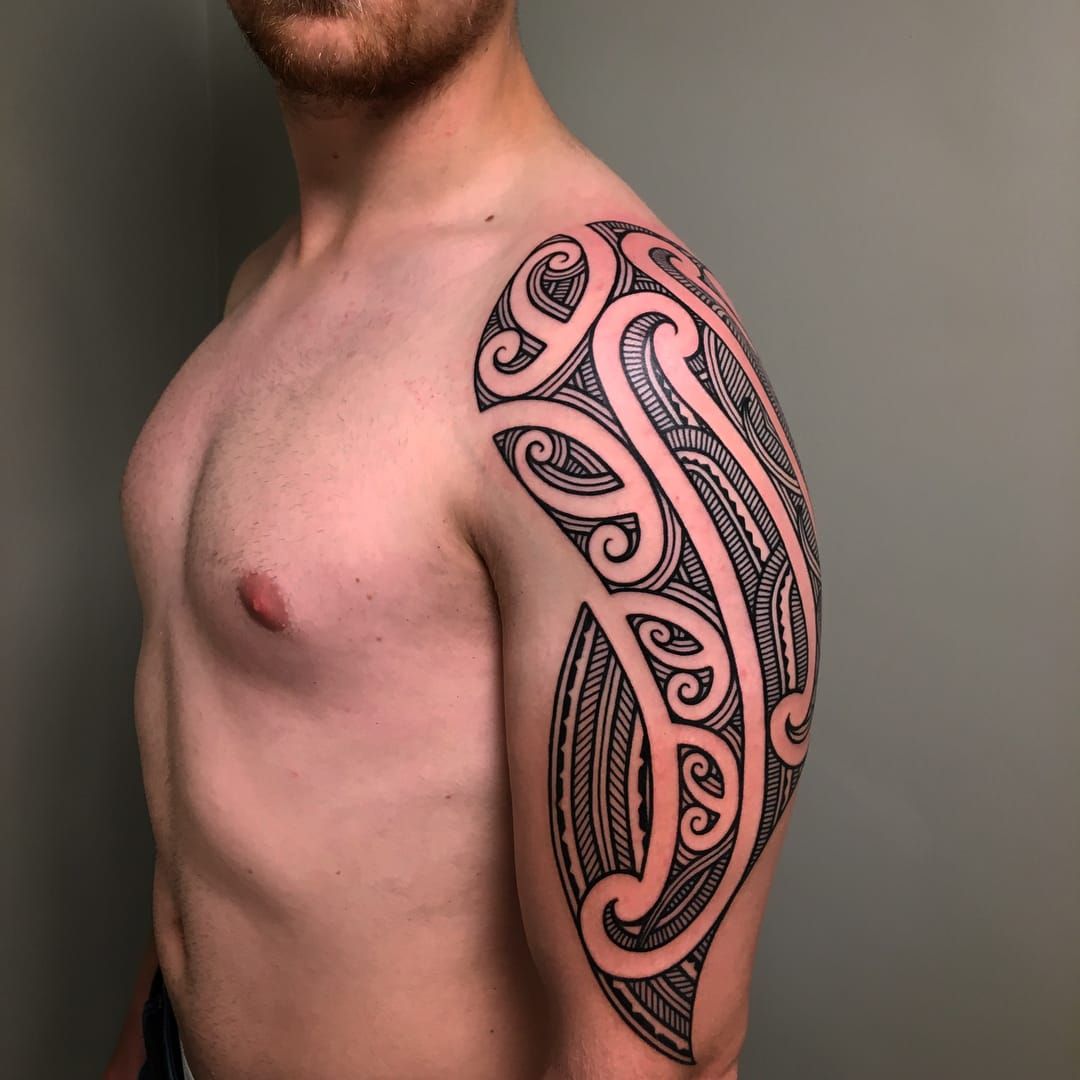Discover the Artful History and Inspiring Meanings of Lower Stomach Tattoos: From Ancient Cultures to Modern Styles
– The article provides information on the most and least painful areas of the body to get tattooed.
– Bony areas, areas with thin skin, and areas with a lot of nerve endings tend to be the most painful places to get tattooed.
– The armpit is considered the most painful place to get tattooed, followed by the rib cage.
– Nipples, breasts, groin, elbows, kneecaps, behind the knees, hips, neck, spine, head, face, ears, lips, hands, fingers, feet, and toes are mentioned as areas where tattoos can cause severe pain.
– Stomach tattoos can cause varying levels of pain depending on the individual’s body weight and the shape of their stomach.
– Inner bicep tattoos can be painful due to the soft and loose skin in the area.
– Upper outer thigh tattoos are generally the least painful due to fat padding and fewer nerve endings.
– Forearm tattoos are less painful due to the presence of muscle and thick skin.
– Outer shoulders, outer bicep, and calf tattoos tend to cause low to low-moderate levels of pain.
– Upper and lower back tattoos can cause low-moderate to moderate amounts of pain, but the further away from bones and nerve endings, the less pain is typically felt.
– Pain sensitivity may be influenced by biological sex, with women potentially experiencing pain more intensely than men.
– Age, weight, and low body fat may also potentially impact pain perception during tattooing.
– Common types of tattoo pain include burning pain, dull or background pain, scratching pain, and sharp or stinging pain.
– Sharp or stinging pain is more likely to occur in areas with thinner or tighter skin.
– Tattoo blowout and vibrating pain can occur when tattooing over bony areas.
– Tips for minimizing tattoo pain are provided, such as taking breaks, choosing an experienced tattoo artist, following aftercare instructions, getting enough sleep, staying sober, staying hydrated, and using numbing products.
– The article discusses the risks and considerations associated with getting a lower stomach tattoo, such as the time-consuming and painful process of removing a tattoo, the risk of infection, allergic reactions, scarring, blood-borne diseases, possible design regrets, changes due to weight gain or pregnancy, and the option to hide the tattoo under clothing.
